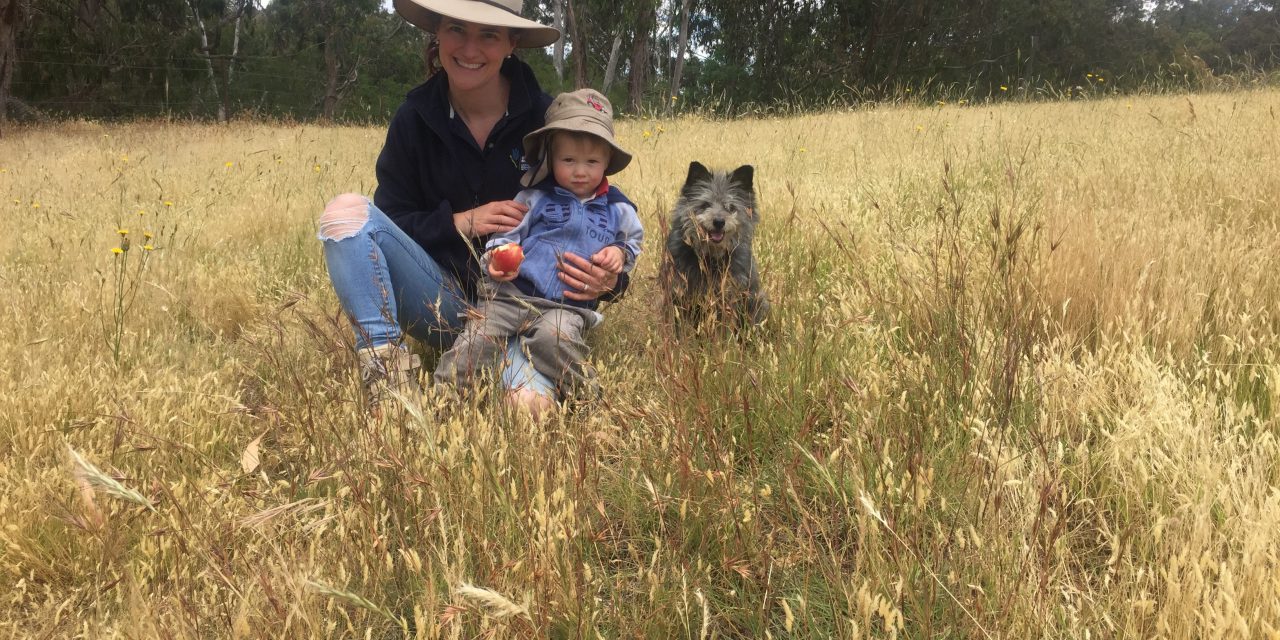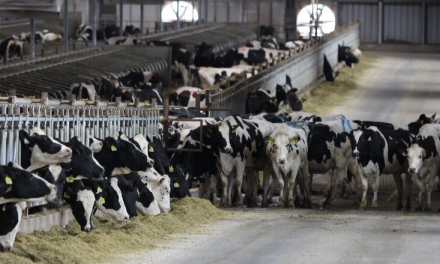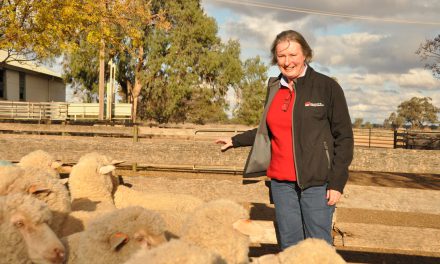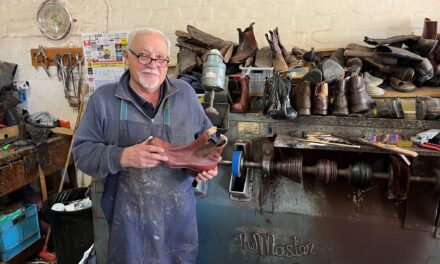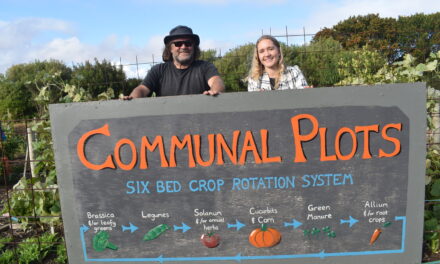There’s no better time than now to identify the flowering native grasses in your paddocks and find out how they can improve soil health and productivity says Goulburn Broken CMA’s Land Health Co-ordinator Rhiannon Apted.
“They are drought tolerant and cope well with variable climate, responding quickly with fresh green growth after summer rain,” Ms Apted said.
She said native grasses were most likely to still be present in areas that were lightly or rotationally stocked, areas that were not sown down and did not have a high fertiliser history.
“Native grasses play an important role in providing soil protection from erosion as they are perennial and many are active in summer, which means they will remain when annual grasses have died off.
“Some native species are not as palatable to livestock as introduced pasture species, so they are less likely to be grazed out if managed sensitively and will therefore provide soil protection. Others, such as Microlaena or weeping grass, can provide good green pick when other perennials are dormant.
“As well as soil health benefits, native grasses are a significant vegetation community, support pollinators and play an important role in the conservation of native plants and animals.”
Ms Apted said there were some quite straight-forward ways to manage native grasses without compromising productivity.
“For example, applying fertiliser to the most productive parts of your farm and avoiding areas with native grass areas is a strategic and cost-effective use of fertiliser. If you’re lucky enough to have native grasses on your property they can play a role in farm production but once removed they are practically impossible to restore.”
Anyone interested in learning more about native grasses and how to identify and manage them can register their interest with the Goulburn Broken CMA at [email protected] or phone Rhiannon Apted on 5797 4400.
More information can be found at:http://agriculture.vic.gov.au/agriculture/farm-management/native-vegetation/a-guide-to-native-pasture-management

